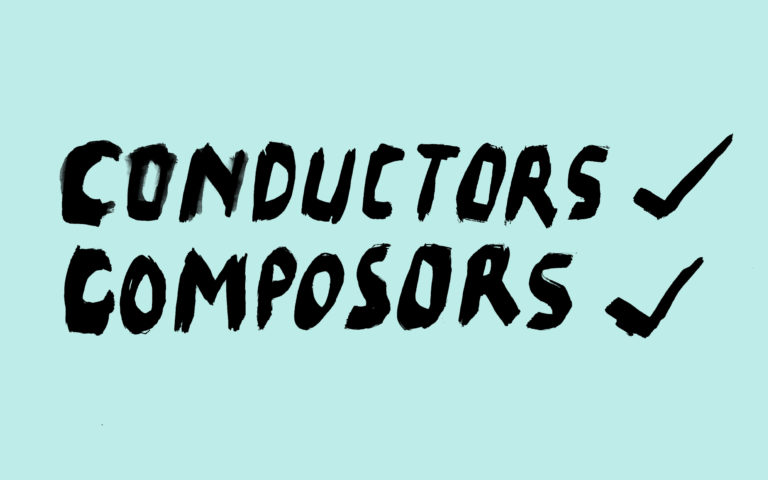What people fork out for
Fish and chips taste better at the seaside.
It’s something many had a hunch about, but now it’s been proved.
An Oxford psychologist, Professor Charles Spence, has coined the term “gastrophysics”.
Through science and psychology, he has highlighted that the taste we experience in our mouths is the result of processes within our brains, being affected by other sensory influences.
The settings, the surroundings and the music can all have an impact on how we experience a meal.
The shape and size of the plate have a bearing too - a red one even reduces appetite.
The weight of the cutlery is also a factor: people are prepared to pay significantly more for the same meal if the cutlery is heavier.
We think it tastes better, even though it’s the same, because our brains automatically combine the senses.
And it’s why waves crashing and salt air on your cheeks marries so successfully with salty fish and chips.
I’d wager that a lightweight wooden fork would beat the heavier stainless steel one every time: the anticipation of raising a flaky, battered morsel of fish to your lips in one piece.
Perhaps backing up the argument for always taking research with a pinch of the proverbial?
The point is that a great meal is a great moment made up of many smaller interactions.
In this way it’s a lot like how we experience great products.
A good product can be amplified by the right brand experience: the choice of colours, typefaces, textures, film and animation, sounds and smells that surround it.
And how they’re applied to places, packaging and the products themselves.
Because successful brands today are made up of many, many, connected and successive ideas and interactions.
Which can’t disguise a bad product.
But can make the best of a good one.
And people will fork out for that.
- DB
Subscribe to Squad

Get our annual printed newspaper plus our email digests full of inspiration, thoughts, tools and the interviews.
Subscribe
Brands need conductors and composers
Greg Delaney recently posed the question of who should conduct the orchestra of specialists needed to build modern brands – the client marketing director or full-service agency planner?

Create, make, sell. Sing.
Berry Gordy Jr had been a professional boxer, US soldier and an unsuccessful record-shop owner. But he found himself working in a Detroit car plant. A monotonous job: not at all where the ambitious fledgling songwriter had pictured himself.


